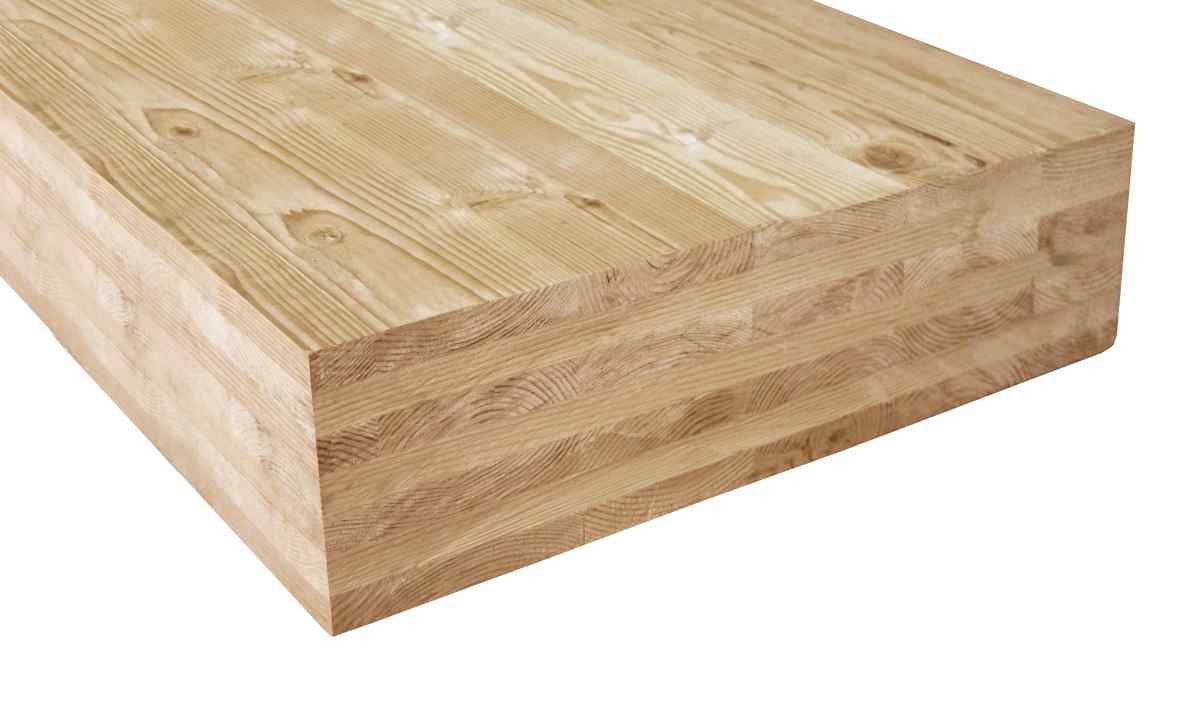The laminated timbering allows to save many means on construction of the monolithic house or other concrete objects — it is possible to collect and sort it to 100 times. It consists of aluminum, steel, timber or plastic framework and strengthened on is mute the laminated plywood.
There are two types of technology of timbering: tunnel and panel board. The first allows to build buildings of frame type without beams, and planning can be any. Panel board more high-speed is considered, with its help it is possible to lift building walls along with internal overlappings. There are also shuttering systems for production of other objects, including columns.
Advantages of the laminated timbering
- opportunity to reuse plywood
- fast installation and dismantling of design
- convenience of replacement and repair of the failed elements
- chemical neutrality of laminate to concrete mixes
- tightness and water tightness of form-building surface
The laminated form plywood
For creation of timbering special plywood from birch or fir-tree, with protecting bilateral cover of surfaces is used. Material fiziko-operating ability in many respects depends on thickness and composition of laminate. Polypropylene laminate shows the best results on shock hardness and has the smallest coupling with concrete, but the covering from phenol passes tests on abrasion much longer, it has high strength at bend and stretching.
The laminated form plywood can be made of birch or coniferous breeds of tree. The birch is considered stronger material, but the pine has smaller hygroscopicity and bigger elastic modulus. The sizes and thickness of form plywood depend on its purpose and weight of future concrete structure, material from 6 to 24 mm is used.
It is important that at production of the laminated timbering all faces have been protected by sealant, otherwise turnover of plywood it will be considerable it is reduced. Making the decision to buy the laminated form plywood it is necessary to learn about producers. For example, the Finnish plywood is considered more flexible and wearproof, but similar material from Syktyvkar practically does not "conduct" at temperature drops and humidity.

